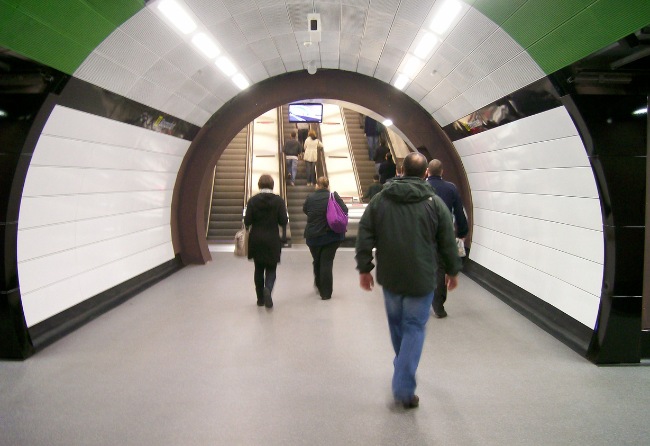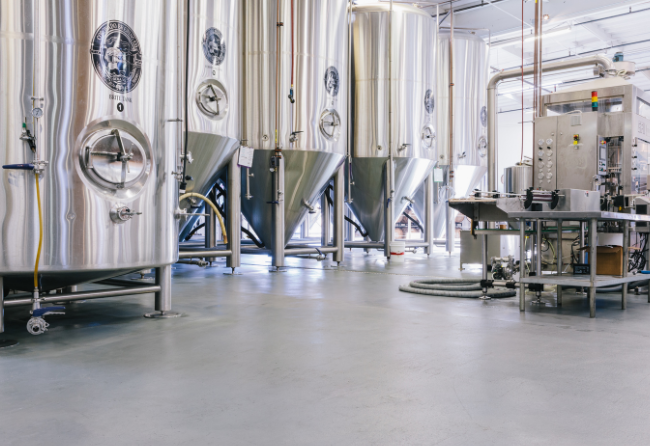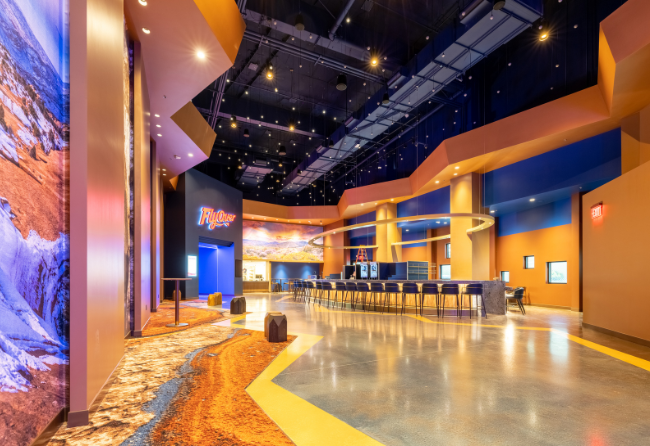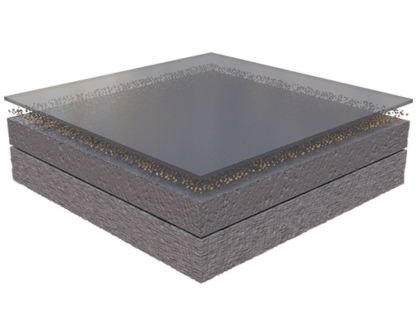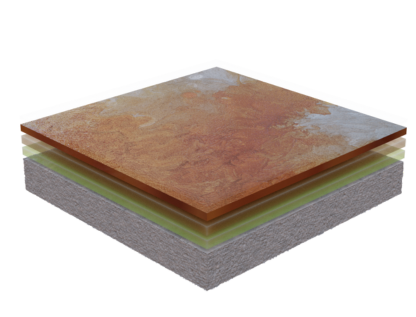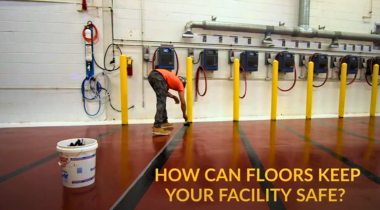Slip-Resistant Flooring
Floors with traction that are critical to protecting employees, customers, and visitors in both industrial and commercial facilities.

Slip-resistant floors that help your business stand strong.
Ensure safety with Stonhard slip-resistant flooring. For commercial spaces, there's no need to compromise style -- you can have seamless, slip-resistant protection with the design of your choosing. In industrial spaces, we have unique solutions and varying levels of texture to meet demands like wet and greasy spaces. Stay safe and stylish with Stonhard!
What is Slip-Resistant Flooring?
Slip-resistant flooring is designed with material properties to help reduce slipperiness and increase traction.These floors come in a variety of finishes and textures specifically designed to reduce slippage on the flooring surface.

The Benefits of Slip-Resistant Floors
Textured, slip-resistant flooring protects against hazardous conditions in your facility where liquids or other materials may come in contact with the floor causing people to slip.
Benefit highlights include:
- Preventing slip-and-fall accidents which cause employees or visitors physical and/or emotional trauma
- Preventing financial loss (e.g. liability payouts, legal fees, an increase to insurance premiums, increased administrative costs) related to the medical expenses of an injured person or lost work time of an employee
Slip-Resistant Floors are Perfect For:
Explore a Project
Explore projects where slip-resistant flooring made all the difference. Dive into real-world examples where our expertise delivered flooring solutions built to last in the most demanding environments.
Recommended Slip-Resistant Flooring
Stonhard formulates floors for every environment, including those requiring slip-resistant properties. Our team of Territory Managers, Architectural and Engineering Representatives will assist you in choosing the best product for your environment with the look you desire.
FAQ
Got questions? We've got answers. This FAQ section covers the most common inquiries about slip-resistant flooring to help you make informed decisions.
Slip-resistant flooring is a type of flooring system designed to minimize the risk of slips and falls by providing enhanced traction underfoot. It is often used in environments where safety is a priority.
The flooring system incorporates materials and textures that increase friction and grip, thereby reducing the likelihood of slipping, even when the surface is wet or oily.*
*This standard does not purport to address all of the safety concerns, if any, associated with its use. It is the responsibility of the user/owner of this standard to establish appropriate safety and health practices and determine the applicability of regulatory limitations prior to use, including what slip resistance is best suited for its environment.
Slip resistance is typically measured using coefficient of friction (COF) values. These values indicate the level of traction between the flooring surface and footwear under specified conditions (dry, wet, oily).*
*This standard does not purport to address all of the safety concerns, if any, associated with its use. It is the responsibility of the user/owner of this standard to establish appropriate safety and health practices and determine the applicability of regulatory limitations prior to use, including what slip resistance is best suited for its environment.
Common types of slip-resistant additives found in seamless floors are:
- Silica sand
- Aluminum oxide
- Polymer beads
- Quartz
- Glass beads
- Rubber granules
- Silicon carbide
- Pre-textured coatings that have slip-resistant particles as part of the formulation.
Foot traffic, exposure to moisture, and aesthetic requirements come into play when choosing the right slip-resistant floor.
Yes, slip-resistant flooring can be highly customized, making it both functional and visually appealing.
Related Flooring Features
Expert Guides & Resources
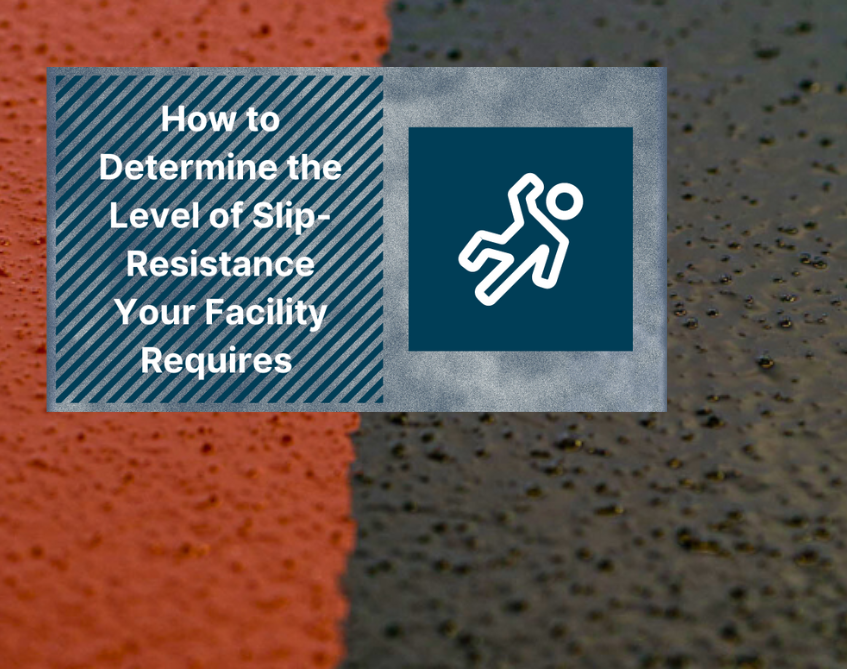
Achieving Slip Resistance with the Diverse Textures of Resinous Floors
Slip resistance is more than a feature, it's a necessity in ensuring safety within facilities. For facility managers, selecting the right flooring is crucial in preventing slip-and-fall accidents, protecting staff, and maintaining smooth operations. Resinous flooring emerges as a top contender with its combination of durability, customization, and varying levels of texture for optimal traction. Explore how resinous floors can meet slip resistance requirements while balancing functionality and aesthetic appeal.
 Pharmaceutical & Biotechnology
Pharmaceutical & Biotechnology

